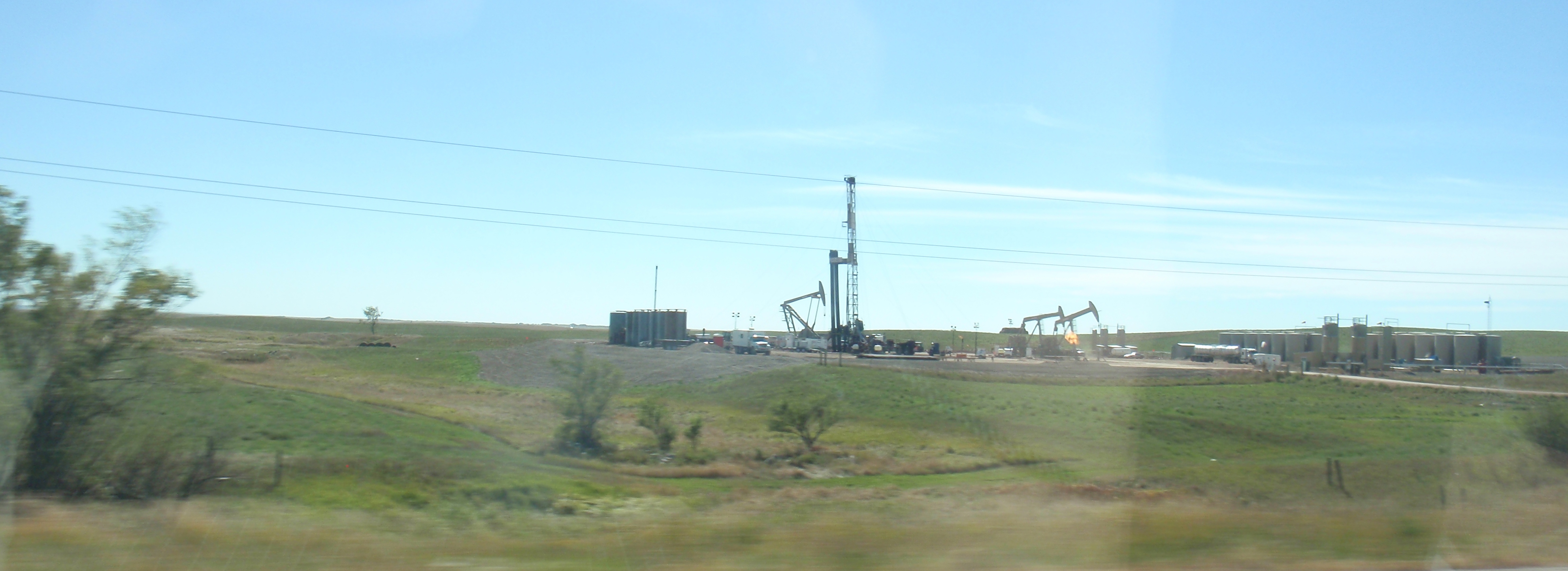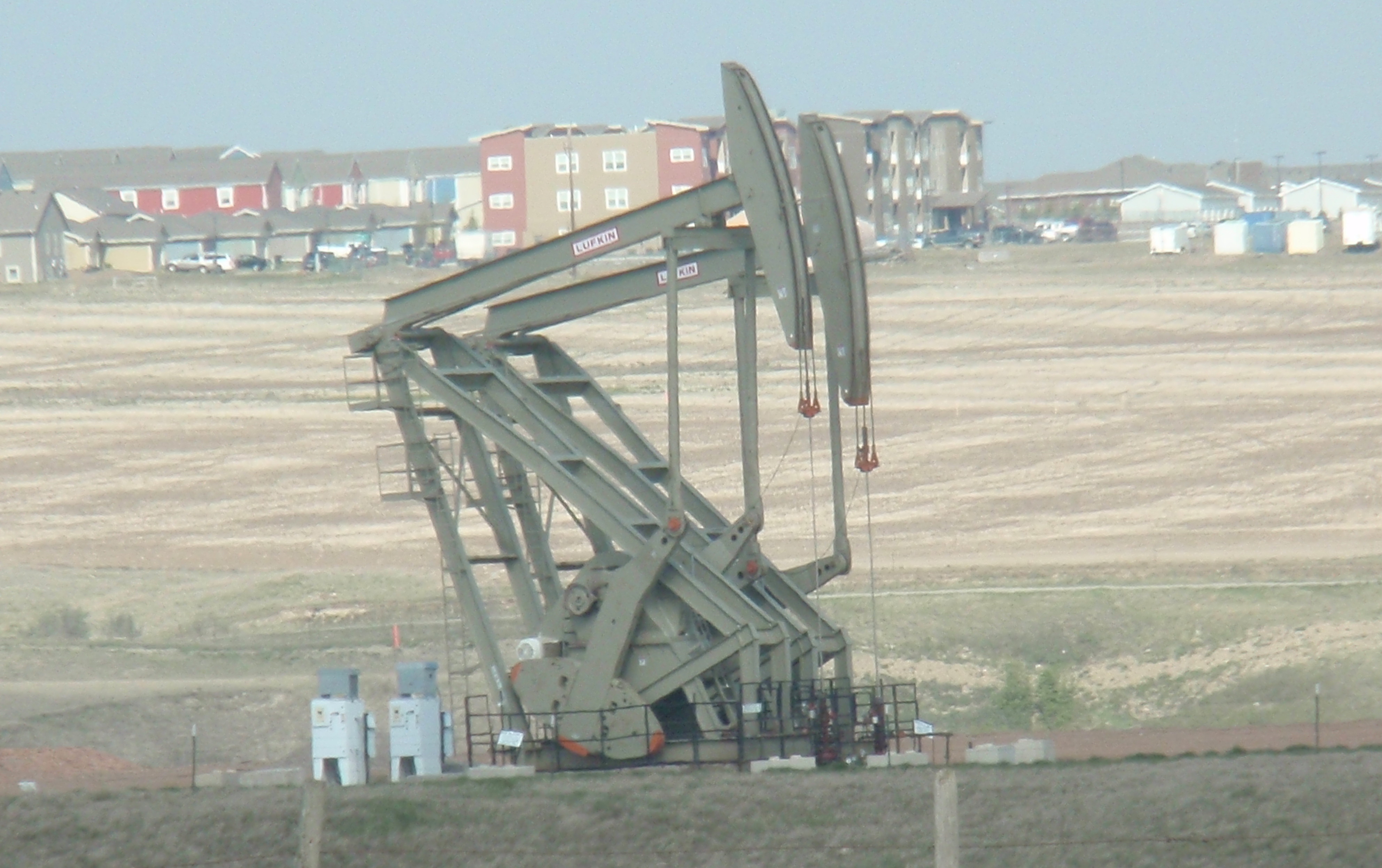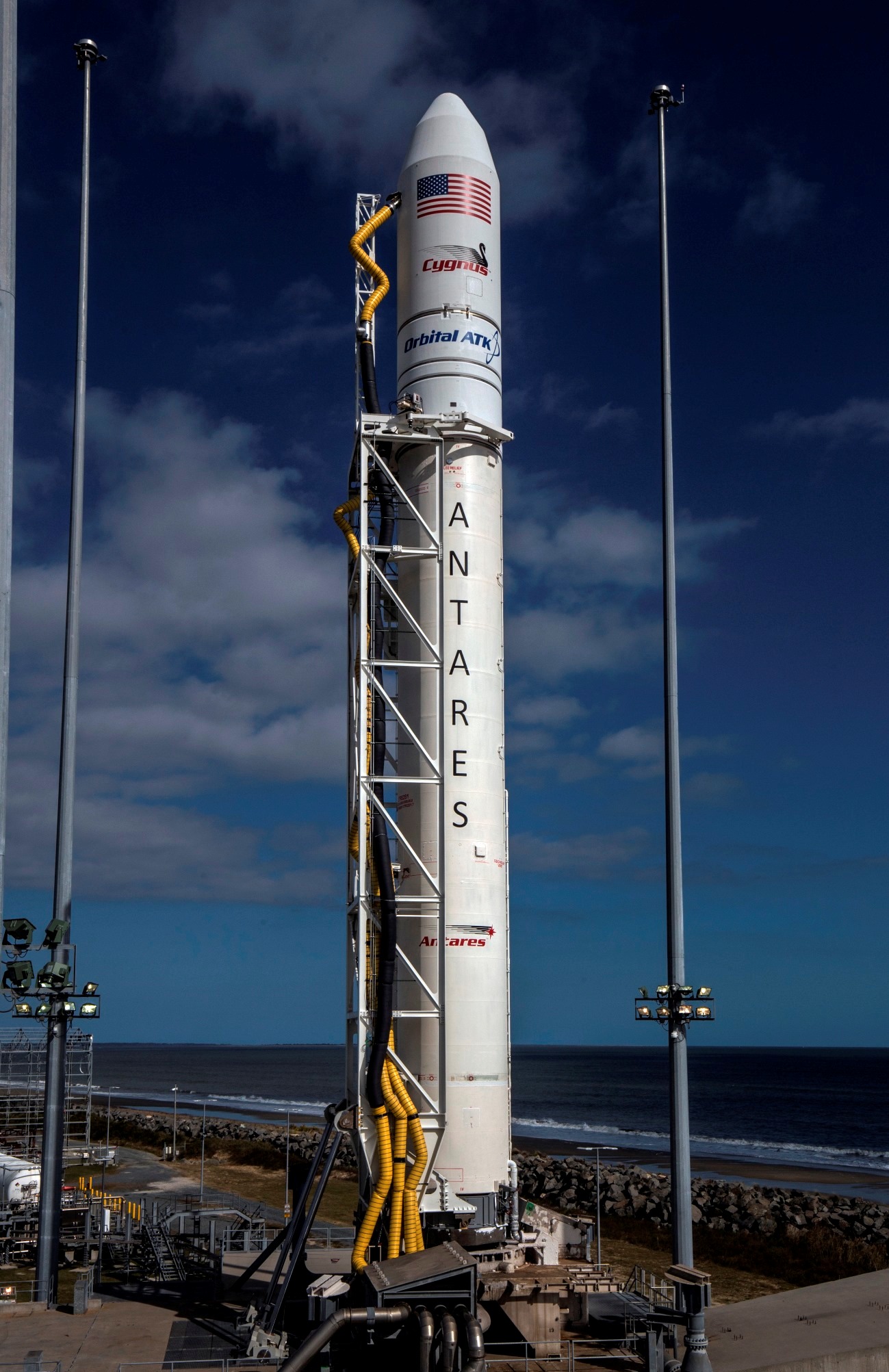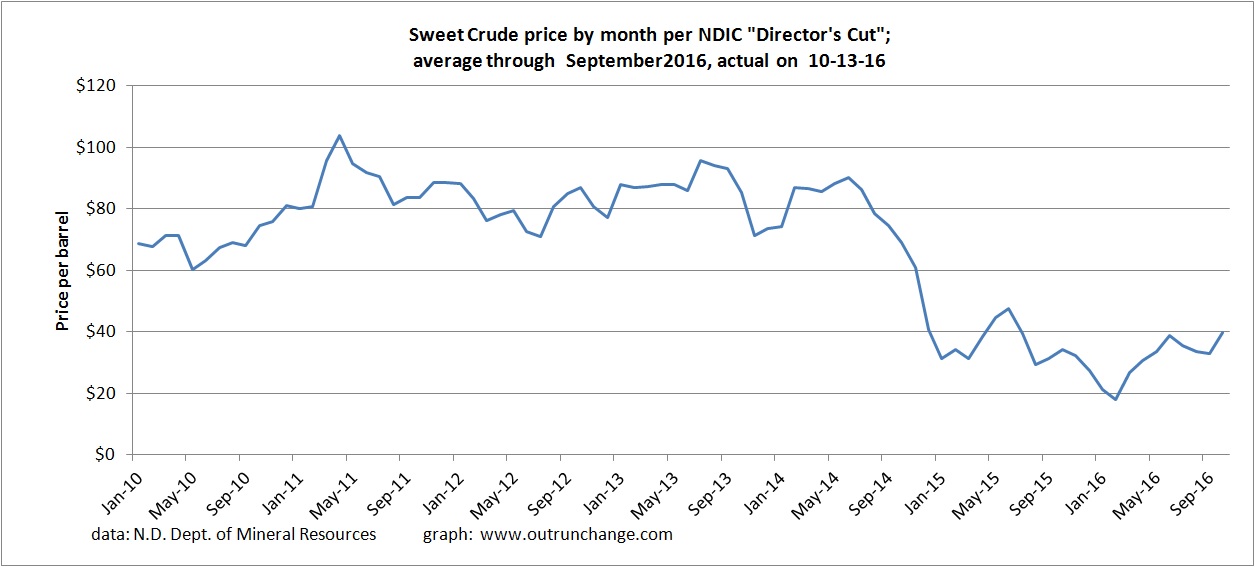
The reason I am watching the newly state-legal recreational marijuana markets is to see the impact of heavy regulation on the industry.
A related issue is the social results of recreational marijuana. Here are a few articles providing some early hints of the results. Perhaps these are nothing more than slivers of hints. Yet there are some early indications. On the other hand, perhaps these are merely transition and implementation issues.
11/2 – Wall Street Journal – A Brave New Weed / The costs so fare from marijuana legalization are higher than advertised – This grand experiment in legalizing marijuana is going full steam. As ought to be expected, there are substantial costs.
The massively important question is whether the increased costs in some areas are worth the drastically lower costs in other areas (mass incarceration, militarization of law enforcement, severe enforcement costs).
Continue reading “Slivers of evidence for results of state-legal recreational marijuana use – #28”












